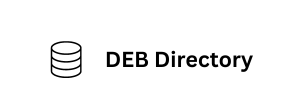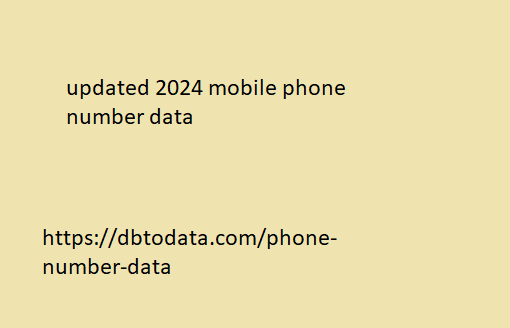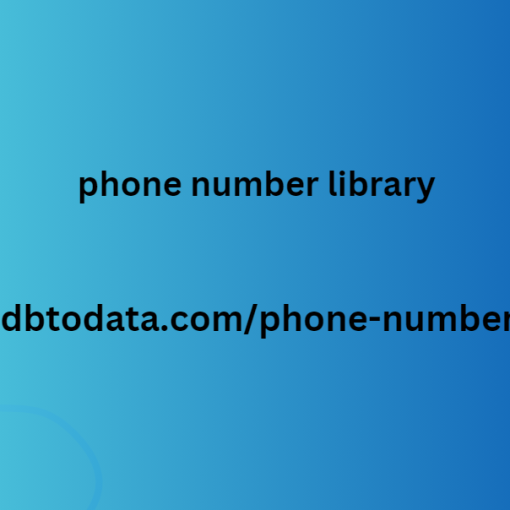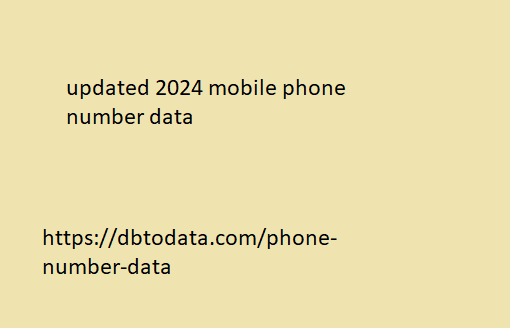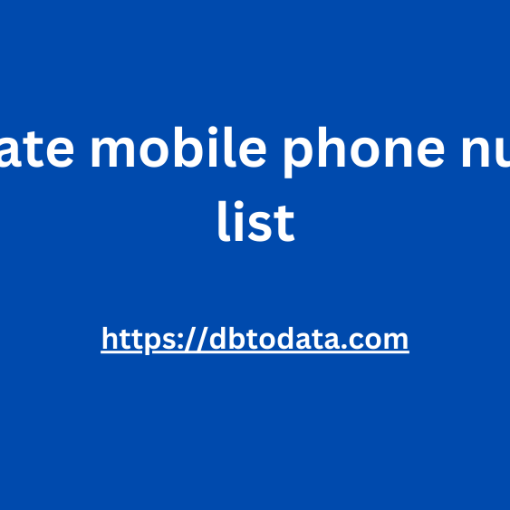Not all content is created equal. In fact, you’ll find that certain types of blog posts perform better than others when it comes to bringing in traffic. But what kind of content should you create to maximize the website?
It really depends on your audience and what you’re trying to convey.
How Types of Blog Posts Make a Difference
Each type of content on the Internet resonates within certain users. While one person may be looking for a tutorial, another may simply want to read a personal blog post about someone’s day.
However, there are some types that will make a vast impact on the number of visitors your site receives each month. And there are some which better suit specific industries or overall purposes.
For instance, adding a “How-To” blog about using a product you sell is a great piece of content for getting attention.
Just make sure every piece of content you create is relevant to your business or site’s niche.
Knowing Your Audience is Key
In a moment, I’m going to show you some examples of different types of blog posts which are most effective. While some of these are backed by data, it’s really up to your target audience.
What if your visitors don’t appreciate lists? Perhaps the majority of people don’t care for tutorials.
Before you begin to write any blog post, you need to ask yourself, “Who does this article benefit?” and “How will it help them?”
To really get the most out of any of these methods, you need to understand your target market. I’ll show you how to do that a bit later in this article.
So, what are some types of blog posts to write to really get a boot to your traffic?
1. Using Numbered Lists
Numbered lists are a great example of awesome types of content. After all, you’re reading this post because of the title.
Another good example is the success Buzzfeed has when it comes to numbering content. It’s a heavily trafficked website because it mixes listicles with interesting topics. It’s enough to pique the interest of a reader.
Lists work because they play into feeling more intuitive. Listicles seem more , which makes the content more memorable.
Essentially, you’re telling the visitor how many ways they can benefit from a certain topic. As long as you provide actionable and logical information in those lists, visitors are more likely to feel fulfilled from the content.
Lists play such a prominent role that it’s difficult to search any topic and not see one within the top three pages of Google.
2. Using Tutorials and How-tos
People are constantly browsing the Internet for self-teaching methods across every industry. For millions of people on the Internet, it’s all about .
Tutorials and how-tos work by:
- Saving the visitor money from hiring a professional.
- Helping people learn how to properly use a product or service.
- Empowering the visitor and making him or her feel pride in doing something.
These types of blog content are capable of converting readers into customers, especially if you’re highlighting something you offer.
It’s all about helping people for free while providing actionable information they can use themselves. And although some visitors might not use your products or services, there’s a good chance many of them will.
If anything, you’re making the brand stand out to anyone who wants to learn something new. Sometimes this leads to sharing content on social media or boosting the brand through word-of-mouth.
3. Adding Infographics
As many as nearly 100% of the time. This is because of the influence an image has on visiting traffic.
One of the reasons why infographics work so well in content is how the human brain processes images. In fact, humans are capable of retaining.
Which means it’s 6.5 times more effective than auditory input. Think about it, how often do you see a or Ted Talk without some presentation running in the background?
The trick is to that your target audience wants to see. This is where things like color choices, fonts and imagery tell more of a story than the text itself.
But once you create that image, don’t forget to kick-start it in social media. Keep in mind that posts with images like an infographic are.
